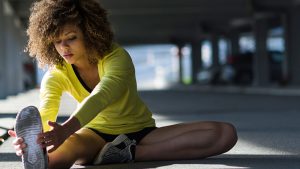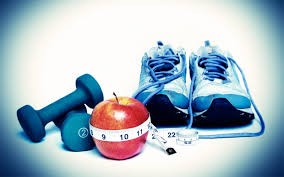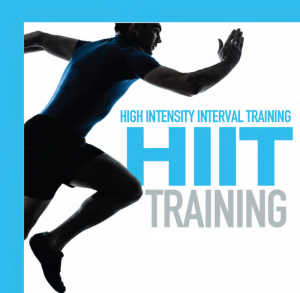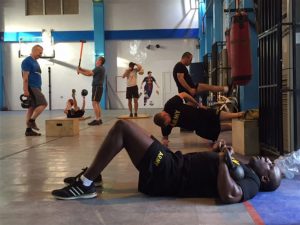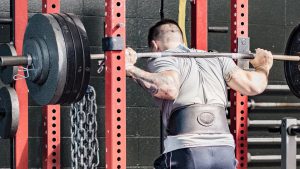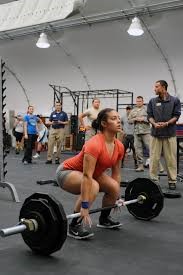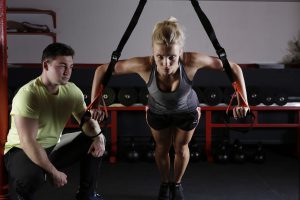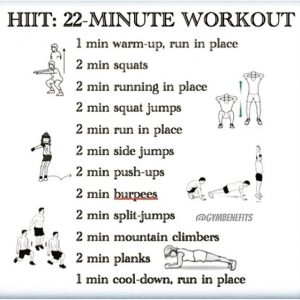Stretch Your Mind – Stretch Your Body
Top 10 Reasons to Stretch
by: Hannah Henley, Andi Messenger, Ali Nakvinda, Korey Floyd, Carli Jones, Kaleb Gaylord
- Keeps You Loose to Move – Stretching decreases muscle tension and increase range of motion, which is super important in our society of sitting. Everyday activities become more doable and enjoyable when there is less pain and resistance eliminated by stretching.
- Stretching Once a Day Keeps the Dr. Away – A flexible muscle is less likely to become injured with sudden movements. Flexibility helps with balance and joint resistance that can build up from lack of motion due. Flexibility in the hamstrings, hip flexors and muscles attached to the pelvis relieve stress on the lumbar spine reducing your risk of low back pain and injury.
- Sore Be Gone – After a hard workout or a day of saving the world it helps keep muscles loose reduce the tightening effect that leads to post work aches and pains.
- Straight Up Sittn’ – Stretching the muscles of lower back and shoulders keeps the spine straight and maintains better alignment. It also aids in falling asleep, staying asleep and waking up with comfort.
- Don’t Stress Out… Stretch Out – Well stretched muscles hold less tension that can build up from everyday life situations. Less stress in the body also reflects with less stress in the mind. Stretching before bed (or anytime of day) is a very beneficial practice that helps with sleep.
- Stretch Harder; Go Father – Flexible joints and muscles require less energy to move through an action allowing you to keep endurance up and keep going like the energizer bunny!
- Better to Be Stretched than Sorry – Stretching prior to work or everyday life allows your muscles to loosen up and be ready for what ever comes your way! Warmed up muscles are less likely to be pulled or cramp up.
- Yoga Flow = Blood Flow – Stretching increases blood supply to your muscles and joints that constantly flushes new nutrients to those tissues. The blood flow also carries away and cleanses build up of toxins and calcium that cause stiffness and pain.
- Tune in to Your Body – Stretching creates a mind body connection. Your mind, when stretching is involved, is in awareness of your body’s breath, pain, discomfort and mental determination to overcome the initial resistance that stretching is. It helps you tune in to your body physically and your mind mentally.
- Get Longer and Look Leaner – Elongating the muscles not only increases range of motion and reduces stress, but overtime it helps the muscles actually look leaner. Removing the tight balls of calcium in the muscles creates smooth muscle fibers that look and feel better!
Now you know why you should stretch, so now let talk about how to. According to ACSM (American College of Sports Medicine) a stretching routine should be completed 2-3 days per week to improve and maintain range of motion. Each Stretch should be held to the point of discomfort for 15-60 seconds. While stretching it is important to take deep inhales and exhales to help eliminate some of the acidity created, which is the discomfort you feel in stretching. What specific stretches you do is up to you! Hop into a yoga class; look on Pintrest or YouTube for good yoga and stretch routines if you need ideas. Do your body, mind and overall self some good and get to stretching!
Image credit to Trainer Academy: https://traineracademy.org/
References
Exercise, A. C. (2014, October 07). Top 10 Reasons to Stretch. Retrieved from ACE: https://www.acefitness.org/education-and-resources/lifestyle/blog/5107/top-10-reasons-to-stretch
